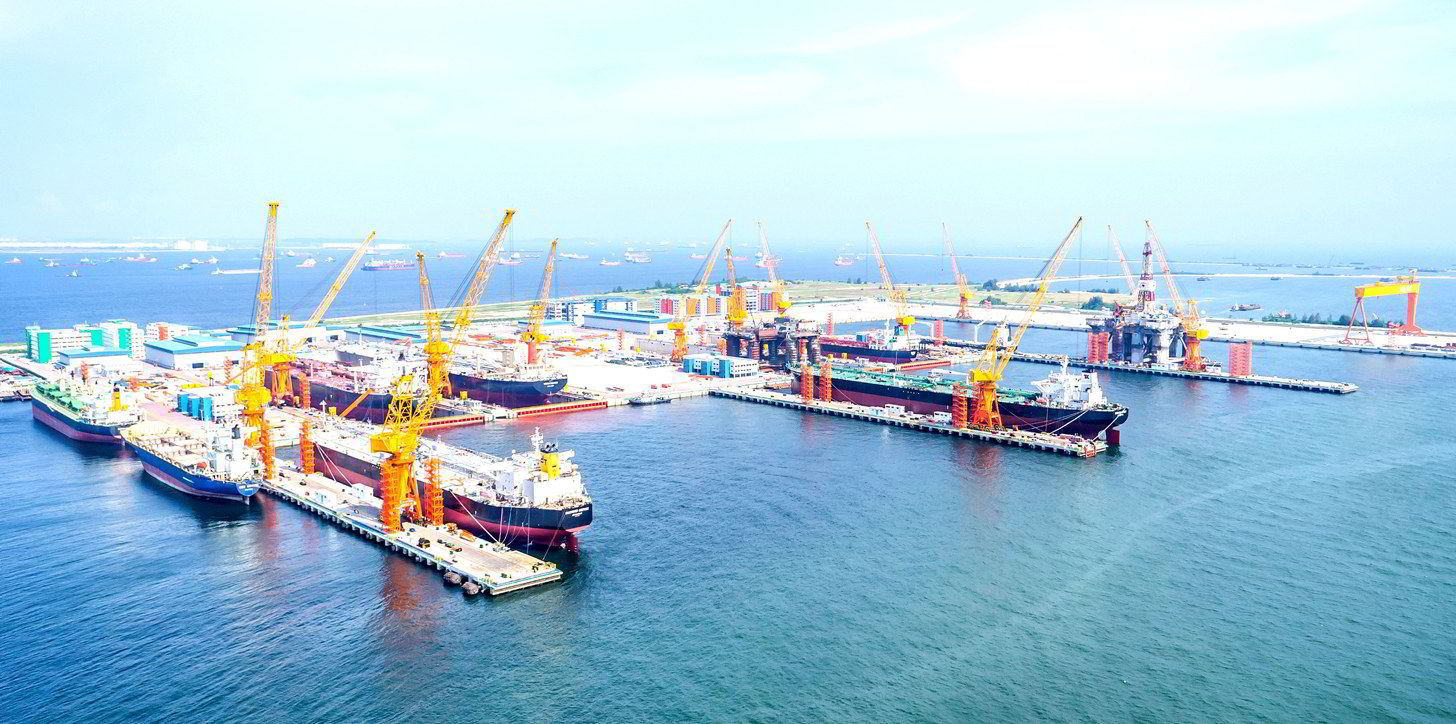Minority shareholders in Sembcorp Marine gave an overwhelming yes to the proposed merger with rival Keppel Offshore & Marine (O&M) at an extraordinary general meeting help on Friday.
The motion to approve the proposed combination and the proposed allotment and issuance of Keppel O&M consideration shares passed with just over 4.3bn, or 95.28% of the total shares represented by votes being cast in the proposal’s favour.
Startree Investments, a subsidiary of Singapore’s sovereign wealth fund Temasek Holdings, as the majority shareholder of Sembcorp Marine, abstained from voting on the resolution.
With shareholder approval now in the bag, the merger process is heading towards the final stretch to create what has been dubbed as a “global offshore powerhouse” by local analysts with a valuation of SGD 8.7bn ($6.5bn).
Sembcorp Marine, under the terms of the proposal, will directly buy over all of Keppel O&M’s stake from Keppel Corp for SGD 4.5bn, payable in newly issued shares of Sembcorp Marine.
This will give Keppel Corp a 54% equity stake in the merged entity.
Post completion of the transaction, Keppel O&M will become a wholly-owned subsidiary of Sembcorp Marine, which will retain its listing status on the mainboard of the Singapore Exchange.
The marriage between the two shipyard groups had been rumoured for many years but was first officially announced in June 2021.
The two companies had hoped to complete their wedding by the first quarter of 2022, but the process got bogged down by delays over the completion of due diligence and reaching a mutual agreement on the transaction terms.
An original proposal in April 2022 involved a one-for-one share exchange between Sembcorp Marine and a combination of the two groups.
This was revised to its current format last October, with Sembcorp Marine saying the simplified transaction structure reduced consent and approval requirements and may reduce time to completion by up to two months.
Both companies were badly hit by the prolonged downturn in the offshore markets, but have since begun reinventing themselves as green powerhouses aimed at capturing the strong order momentum in offshore wind farms and new energy sources such as hydrogen.





